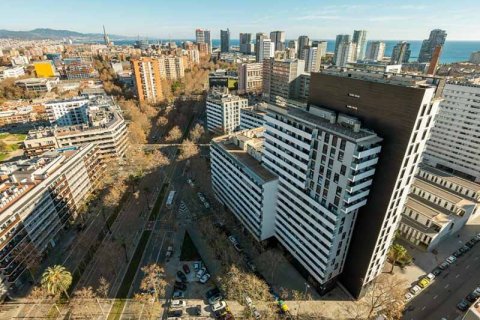
If there is any prefix that will be repeated throughout 2022 in the real estate sector, it is «Ko». Coliving and co-housing have established themselves as a model in the «brick» sector, while co-ownership of houses has burst onto the scene in the segment of second housing. The exciting end of the year was also marked by the opening of an asset of more than 800 apartments in Rivas.
Some data collected by consulting firms, such as CBRE, demonstrate the good dynamics of the development of coliving. In the first half of 2022, 3,900 deals were concluded for the sale of new beds and investments of 433 million euros were recorded, which is 18% of total living expenses, according to CBRE. This figure represents a hundredfold increase in investments achieved in the first quarter (about 35 million euros) and a fivefold increase in investments received by this segment in Spain in 2021 as a whole (about 100 million euros).
First of all, it is best to explain what coliving is. The concept that Natalia Tovah, a member of the EY Abogados real estate team, explains very clearly. «Koliving is a formula of cohabitation, in which guests or residents are accommodated in a separate room or room, sharing the rest of the premises of the house. This is something that, from my point of view, may be more like a student dormitory, in which rooms such as the kitchen or living room are designed for the use and enjoyment of all residents of the house», she says.
«One of the distinctive features of this housing model is its temporary nature, i.e., it is not intended for long-term residence, but rather for a stay of no more than one year. This helps students and employees with special mobility needs to find a solution without resorting to hotel or rental services that do not meet the deadlines or conditions they need», adds Natalia.
